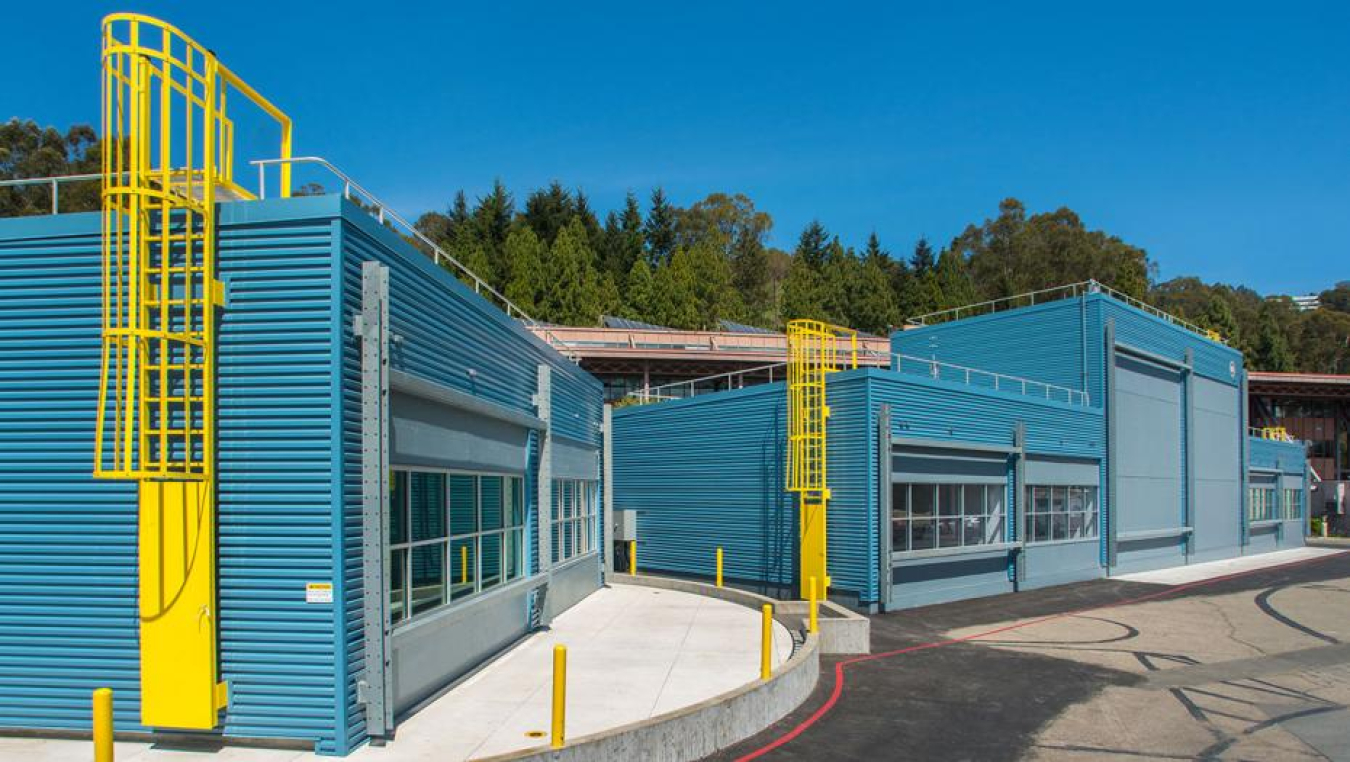Lead Performer: Lawrence Berkeley National Laboratory (LBNL) – Berkeley, CA
May 18, 2015
DOE’s FLEXLAB at Berkeley Lab is the most flexible, comprehensive, and advanced building efficiency simulator in the world, and it’s unleashing the full potential of energy efficiency in buildings. FLEXLAB lets users test energy-efficient building systems individually or as an integrated system, under real-world conditions.
Lead Performer: Lawrence Berkeley National Laboratory (LBNL) – Berkeley, CA
Partners:
-- Commonwealth Edison (ComEd) – Chicago, IL
-- Northern California Power Agency (NCPA) – Roseville, CA
-- Southern California Public Power Authority (SCPPA) – Sacramento, CA
-- Xcel Energy (Xcel) – Minneapolis, MN, and Denver, CO
DOE Funding: $1,087,000
Project Term: October 1, 2014 – September 30, 2017
Funding Type: Direct Lab Funding competitively selected through merit review
PROJECT OBJECTIVE
Utility incentive programs are a highly effective means of deploying building technologies to scale. However, these programs have been largely limited to component-based products (e.g., lamps, RTUs), and many utilities under increasingly stringent code baselines are finding it difficult to find more cost-effective technologies they could incentivize. Building systems such as integrated HVAC, façade, and lighting can deliver higher savings that would translate into larger sector-wide savings if deployed widely.
LBNL is working with utility company partners to validate, by using LBNL’s FLEXLAB facility, protocols for building systems deployment in utility incentive programs. LBNL and partners have selected three systems to create a systems protocol package that consists of the following major elements:
- System specifications, with appropriate adaptations for selected market segment(s)
- System performance and savings metrics for baseline and retrofit conditions
- M&V specifications, developed in consultation with the uniform methods project, tailored to incentive programs – with a graduated approach that allows different levels of M&V effort based on the desired level of savings certainty
- Validation of testing protocol and validated systems savings data based on LBNL FLEXLAB tests
- Operational protocols to ensure savings persistence
- Implementation guidelines to ensure successful assessment, testing, and delivery of systems in the context of incentive programs
LBNL will work to obtain initial commitments from utility partners and to help identify the three systems for development. LBNL will then develop a value proposition for each system based on a formal market analysis. Protocols will then be developed and tested at LBNL’s FLEXLAB facility to validate the energy savings of each protocol with utility partner support. Once the final protocols have been developed, LBNL will work with utility programs to provide technical support for implementation.
LBNL will also address several challenges, including establishing a means for defining and measuring baseline energy use, and defining and testing metrics for energy and performance assessment.
PROJECT IMPACT
There are more than 5.5 million commercial buildings in the United States. These buildings consume roughly 18 quads of energy per year. Commercial buildings – the nation’s offices, schools, hospitals, and other building types – represent a huge opportunity to save tens of billions of dollars each year by reducing energy waste. This waste is due to inefficient design, installation, and operation of equipment, lack of understanding of the benefits of equipment upgrades, and underinvestment in efficiency because of systemic barriers in the commercial real estate market. Energy savings of 20% or more are possible in commercial buildings if a variety of systemic and persistent market barriers to energy efficiency are overcome.
Utility-based programs have the potential to break many of these market barriers. Utilities have expressed that systems are highly desirable for their programs, but they lack the knowledge, methodologies, and controlled testing environment to engage in this area with the level of accuracy and confidence in the savings required. By working with utilities to provide validated savings results, this project has the technical potential to save 26 TBtu with an incentive uptake of 20% and an average savings of 30%.
CONTACTS
DOE Technology Manager: Amy Jiron
Lead Performer: Cindy Regnier, Lawrence Berkeley National Laboratory

